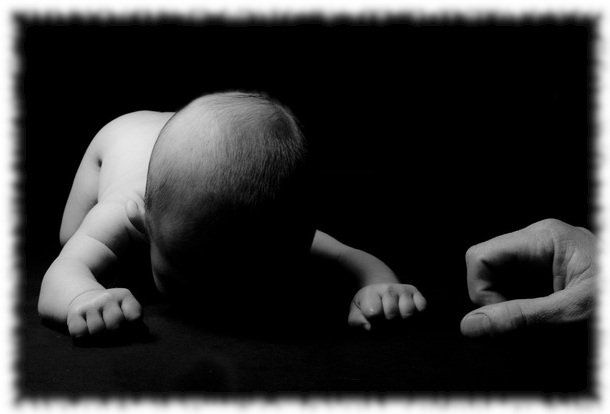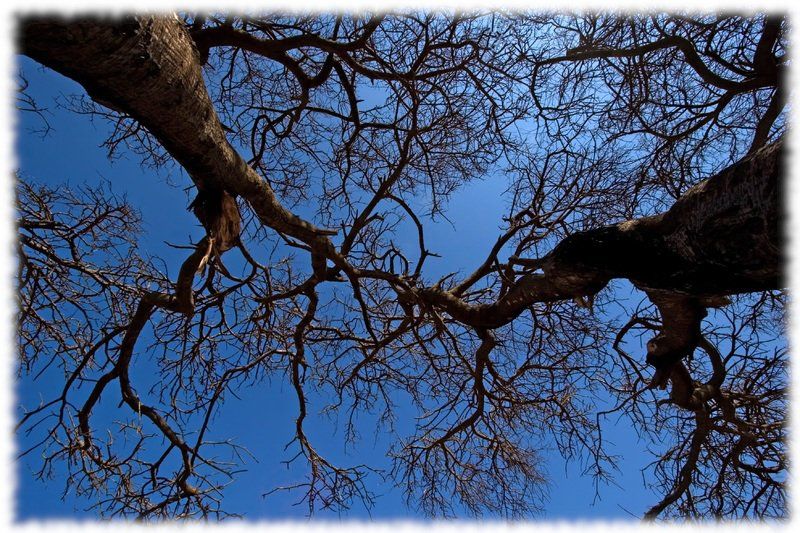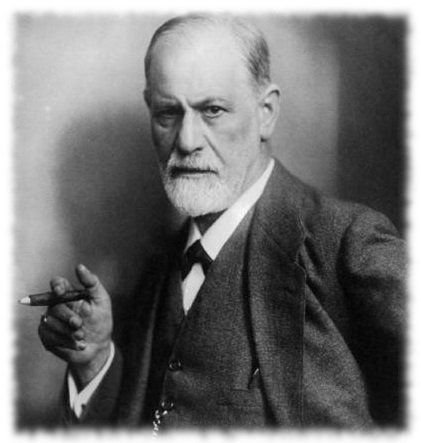
I was recently having an engaging conversation with some Waldorf teachers about the impact of technology (i.e. - especially handheld devices, videos games, etc.) on children. How does the burgeoning world of technology affect our youth? This question is one of the great questions that faces our current times. A hundred years ago there was simply no single thing that could be said to be of paralleled influence. Tiny computers in our hands, portable and accessible, across the globe; the reach of media images, visual stimulation, all the more pervasive and on the ready. Worlds of media imagery, real and imaginal, distant and near, are constantly bombarding the naked eye, potentially exposing children to violence, risky behaviors, and surreptitiously defining what's possible in the nature of relationships, community, society, and more. What is the impact on our children’s development and their developing bodies? … on their emerging sense of self? … on their relationship to the world around them (i.e. - peers, adults)? … their relationship to the natural world? … their relationship to community? The fact of the matter is technology has its place, it is not going away, and it is not all bad. Nevertheless, millennia of evolution have encoded into our bodies the very recipe of relationship as a potential resource for meaningful and fulfilling connection. And, for millennia, movement, now so understated in our current technological boom and cultural discussions, has actually been an integral part of culture through dance and ritual. No piece of technology, even if used to connect (i.e. - social media), can ever replace the value of connection with a real individual in a real environment. Reducing an emotion to an emoticon. Reducing range of expression to thumb texting… is a pale shadow to developing tangible relationships. If technology is used conscientiously, it can be a tool for connection; but the body’s voice and longing for expression and connection must never be forgotten along the way. Our bodies never forget. As children, we are born to move. We are born to discover the world… We are born to explore and understand relationship… through movement and through the body, not simply the mind; the mind is not separate. This is the focus of the emerging science of embodied cognition. In this way, body-oriented psychotherapies and dance movement therapy provide an invaluable resource. When children are not given opportunities to conscientiously move, explore, and discover the world and relationships through their bodies, something is forgotten but not lost. Movement therapy can support overall health and well-being, and it can also be a useful tool for addressing many of the behavioral and emotional issues that children in our "disembodied" culture may face (e.g. - impulse control, learning and attention challenges, anxiety, depression, body-image insecurity, relational problems, etc.). Here is a wonderful video on the utility of movement therapy and body-oriented therapies for children, by Dr. Lori Baudino:

Think of nature for a moment. What comes to mind? Various phenomena, of course. The ocean. Mist. Rain. Earthquakes. Volcanoes. Fire. The deep serenity of the redwoods. It is difficult to travel too far down the path of imagining nature without beginning to project human elements of feeling and emotion. A violent storm. A serene lake. What makes these types of descriptions so readily available? I believe the answer lies in the fact that our bodies are nature themselves, and the deep collective heritage of countless generations of evolution affords a readily available memory of what the movement of our consciousness through our bodies can feel like internally and in its expressive forms. It is easy to relate to similar movements out "in nature." Working this backward, what does a violent storm feel like in the body? Can you imagine the energy of it inside of you? Can you imagine the energy of a calm lake inside? The quality of gently flowing waves? Or, a volcanic eruption? These all have various emotional qualities, but they also have very distinct patterns and expressions of movement. The body, nature, is movement, and we are constantly evolving and steeped in this process. The psyche, our minds, are irrevocably intertwined and inseparable with this movement. From the earliest days of our conception, we move, are coming into expression, and into... formation. Watch Jiro Bosma’s wonderful visual nature short called FORMATIONS and feel it move through you.

Mental Health is a full spectrum occasion, involving the dynamic interplay, the creative exchange, and fluid equilibrium of all aspects of our selves within the larger context of our lives that for many are fast-paced lives of family, work, and significant relationships. Unfortunately, the body is often left out of the eaquation in therapy. When times arise where one feels overwhelmed with recurring patterns, met with what appear to be insurmountable obstacles, or straddled with apparent unresolvable dilemmas, accessing the body's inherent resources can be the fuel needed to develop the insight, understanding, and momentum that one needs. Our emotions, thoughts, and behaviors are most meaningfully housed, patterned, and expressed in our bodies. The active integration of the body into one's sense of self can be the incredible untapped resource one is unknowingly longing for.

I was recently having an engaging conversation with some Waldorf teachers about the impact of technology (i.e. - especially handheld devices, videos games, etc.) on children. How does the burgeoning world of technology affect our youth? This question is one of the great questions that faces our current times. A hundred years ago there was simply no single thing that could be said to be of paralleled influence. Tiny computers in our hands, portable and accessible, across the globe; the reach of media images, visual stimulation, all the more pervasive and on the ready. Worlds of media imagery, real and imaginal, distant and near, are constantly bombarding the naked eye, potentially exposing children to violence, risky behaviors, and surreptitiously defining what's possible in the nature of relationships, community, society, and more. What is the impact on our children’s development and their developing bodies? … on their emerging sense of self? … on their relationship to the world around them (i.e. - peers, adults)? … their relationship to the natural world? … their relationship to community? The fact of the matter is technology has its place, it is not going away, and it is not all bad. Nevertheless, millennia of evolution have encoded into our bodies the very recipe of relationship as a potential resource for meaningful and fulfilling connection. And, for millennia, movement, now so understated in our current technological boom and cultural discussions, has actually been an integral part of culture through dance and ritual. No piece of technology, even if used to connect (i.e. - social media), can ever replace the value of connection with a real individual in a real environment. Reducing an emotion to an emoticon. Reducing range of expression to thumb texting… is a pale shadow to developing tangible relationships. If technology is used conscientiously, it can be a tool for connection; but the body’s voice and longing for expression and connection must never be forgotten along the way. Our bodies never forget. As children, we are born to move. We are born to discover the world… We are born to explore and understand relationship… through movement and through the body, not simply the mind; the mind is not separate. This is the focus of the emerging science of embodied cognition. In this way, body-oriented psychotherapies and dance movement therapy provide an invaluable resource. When children are not given opportunities to conscientiously move, explore, and discover the world and relationships through their bodies, something is forgotten but not lost. Movement therapy can support overall health and well-being, and it can also be a useful tool for addressing many of the behavioral and emotional issues that children in our "disembodied" culture may face (e.g. - impulse control, learning and attention challenges, anxiety, depression, body-image insecurity, relational problems, etc.). Here is a wonderful video on the utility of movement therapy and body-oriented therapies for children, by Dr. Lori Baudino:

Think of nature for a moment. What comes to mind? Various phenomena, of course. The ocean. Mist. Rain. Earthquakes. Volcanoes. Fire. The deep serenity of the redwoods. It is difficult to travel too far down the path of imagining nature without beginning to project human elements of feeling and emotion. A violent storm. A serene lake. What makes these types of descriptions so readily available? I believe the answer lies in the fact that our bodies are nature themselves, and the deep collective heritage of countless generations of evolution affords a readily available memory of what the movement of our consciousness through our bodies can feel like internally and in its expressive forms. It is easy to relate to similar movements out "in nature." Working this backward, what does a violent storm feel like in the body? Can you imagine the energy of it inside of you? Can you imagine the energy of a calm lake inside? The quality of gently flowing waves? Or, a volcanic eruption? These all have various emotional qualities, but they also have very distinct patterns and expressions of movement. The body, nature, is movement, and we are constantly evolving and steeped in this process. The psyche, our minds, are irrevocably intertwined and inseparable with this movement. From the earliest days of our conception, we move, are coming into expression, and into... formation. Watch Jiro Bosma’s wonderful visual nature short called FORMATIONS and feel it move through you.

Mental Health is a full spectrum occasion, involving the dynamic interplay, the creative exchange, and fluid equilibrium of all aspects of our selves within the larger context of our lives that for many are fast-paced lives of family, work, and significant relationships. Unfortunately, the body is often left out of the eaquation in therapy. When times arise where one feels overwhelmed with recurring patterns, met with what appear to be insurmountable obstacles, or straddled with apparent unresolvable dilemmas, accessing the body's inherent resources can be the fuel needed to develop the insight, understanding, and momentum that one needs. Our emotions, thoughts, and behaviors are most meaningfully housed, patterned, and expressed in our bodies. The active integration of the body into one's sense of self can be the incredible untapped resource one is unknowingly longing for.



